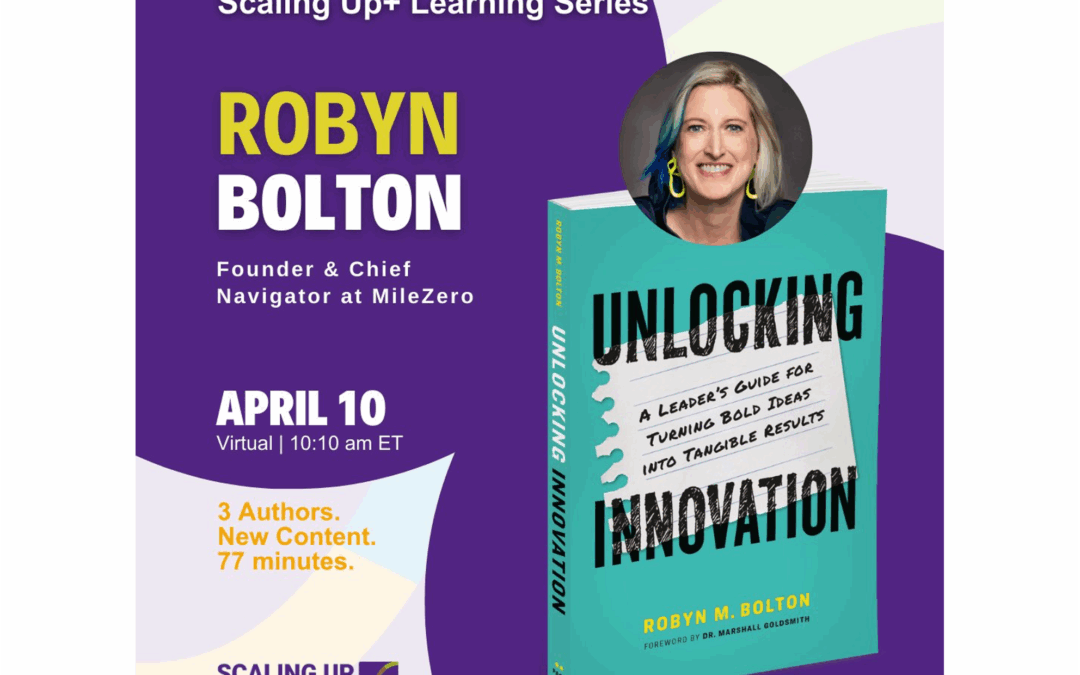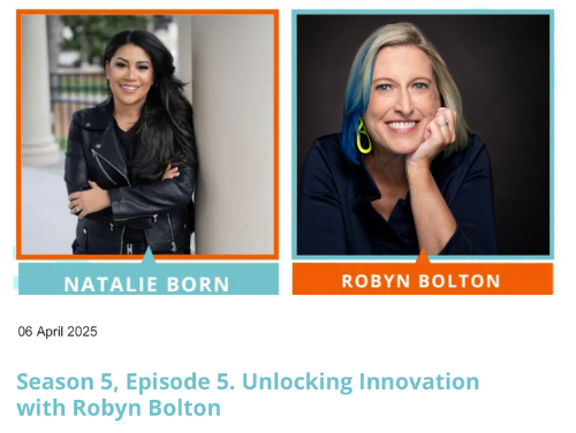


Managing Uncertainty: 3 Practical Steps Keep You Moving Forward When the Hits Keep Coming
“A Few Good Men” is one of my favorite movies. As much as I love Jack Nicholson’s classic line, “You can’t handle the truth!” lately, I’ve been thinking more about a line delivered by Lt. Daniel Kaffee, played by Tom Cruise – “And the hits just keep on comin’.”
But, just like Lt. Kaffee had to make peace with Lt. Cdr JoAnne Galloway joining his Cuba trip, we must make peace with uncertainty and find the guts to move forward.
This is much easier said than done, but these three steps make it possible. Even profitable.
Where We Begin
Imagine you’re the CEO of Midwest Precision Components (MPW), a $75 million manufacturer of specialized valves and fittings. Forty percent of your components come from suppliers now subject to new tariffs, which, if they stay in effect, threaten an increase of 15% in material costs. This increase would devastate your margins and could require you to reduce staff.
Your competitors are scrambling to replace foreign suppliers with domestic ones. But you know that such rapid changes are also risky since higher domestic prices eat into your margins (though hopefully less than 15%), and insufficient time to quality test new parts could lead to product issues and lost customers. And all this activity assumes that the tariffs stay in place and aren’t suddenly paused or withdrawn.
3 Steps Forward
Entering the boardroom, you notice that the CFO looks more nervous than usual, and your head of Supply Chain is fighting a losing battle with a giant stack of catalogs. Taking a deep breath, you resolve to be creative, not reactive (same letters, different outcomes), and get to work.
Step 1: Start with the goal and work backward. The goal isn’t changing suppliers to reduce tariff impact. It’s maintaining profit margins without reducing headcount or product quality. With your CFO, you whiteboard a Reverse Income Statement, a tool that starts with required (not desired) profits to calculate necessary revenues and allowable costs. After running several scenarios, you land on believable assumptions that result in no more than a 4% increase in costs.
Step 2: Identify and prioritize assumptions. With the financial assumptions identified, you ask the leadership team to list everything that must be true to deliver the financial assumptions, their confidence that each of their assumptions is true, and the impact on the business and its bottom line if the assumption is wrong.
Knowing that your head of Sales is an unrelenting optimist and your Supply Chain head is mired in a world of doom and gloom, you set a standard scale: High confidence means betting your annual salary, medium is a team dinner at a Michelin-starred restaurant, and low is a cup of coffee. High impact puts the company out of business, medium requires major shifts, and low means extra work but nothing crazy.
Step 3: Attack the deal killers. Going around the room, each person lists their “Deal Killers,” the Low Confidence – High Impact assumptions that pose the highest risk to the business. After some discussion to determine the primary assumptions at the beginning of causal chains, you select two for immediate action: (1) Alternative domestic suppliers can be found for the two highest-cost components, and (2) Current manufacturing processes can be quickly adapted to accommodate parts from new suppliers.
A Plan. A Timeline. A Sense of Calm.
With this new narrowed focus, your team sets a shared goal of resolving these two assumptions within 30 days. Together, they set clear weekly deliverables and reallocate time and people to help meet deadlines.
A sense of calm settles on the team. Not because they have everything figured out, but because they know exactly what the most important things to be done are, that those things are doable, and they are working together to do them.
How could you use these three steps to help you move forward through uncertainty?

Unlocking Innovation

How to Go from Dinosaur to Disruptor in 3 Quotes
If you’re leading a legacy business through uncertainty, pay attention. When The Cut asked, “Can Simon & Schuster Become the A24 of Books?” I expected puff-piece PR. What I read was a quiet masterclass in business transformation—delivered in three deceptively casual quotes from Sean Manning, Simon & Schuster’s new CEO. He’s trying to transform a dinosaur into a disruptor and lays out a leadership playbook worth stealing.
Seventy-four percent of corporate transformations fail, according to BCG. So why should we believe this one might be different? Because every now and then, someone in a legacy industry goes beyond memorable soundbites and actually makes moves. Manning’s early actions—and the thinking behind them—hint that this is a transformation worth paying attention to.
“A lot of what the publishing industry does is just speaking to the converted.”
When Manning says this, he’s not just throwing shade—he’s naming a common and systemic failure. While publishing execs bemoan declining readership, they keep targeting the same demographic that’s been buying hardcovers for decades.
Sound familiar?
Every legacy industry does this. It’s easier—and more immediately profitable—to sell to those who already believe. The ROI is better. The risk is lower. And that’s precisely how disruption takes root.
As Clayton Christensen warned in The Innovator’s Dilemma, established players obsess over their best customers and ignore emerging ones—until it’s too late. They fear that reaching the unconverted dilutes focus or stretches resources. But that thinking is wrong. Even in a world of finite resources, you can’t afford to pick one or the other. Transformation, heck, even survival, requires both.
“We’re essentially an entertainment company with books at the center.”
Be still my heart. A CEO who defines his company by the Job(to be Done) it performs in people’s lives? Swoon.
This is another key to avoiding disruption – don’t define yourself by your product or industry. Define yourself by the value you create for customers.
Executives love repeating that “railroads went out of business because they thought their business was railroads.” But ask those same executives what business they’re in, and they’ll immediately box themselves into a list of products or industry classifications or some vague platitude about being in the “people business” that gets conveniently shelved when business gets bumpy.
When you define yourself by the Job you do for your customers, you quickly discover more growth opportunities you could pursue. New channels. New products. New partnerships. You’re out of the box —and ready to grow.
“The worry is that we can’t afford to fail. But if we don’t try to do something, we’re really screwed.”
It’s easy to calculate the cost of trying and failing. You have the literal receipts. It’s nearly impossible to calculate the cost of not trying. That’s why large organizations sit on the sidelines and let startups take the risks.
But there IS a cost to waiting. You see it in the market share lost to new entrants and the skyrocketing valuations of successful startups. The problem? That information comes too late to do anything about it.
Transformation isn’t just about ideas. It’s about choosing action over analysis. Or, as Manning put it, “Let’s try this and see what happens.”
Walking the Talk
Quotable leadership is cute. Transformation leadership is concrete. Manning’s doing more than talking—he’s breaking industry norms.
Less than six months into his tenure as CEO, he announced that Simon & Schuster would no longer require blurbs—those back-of-jacket endorsements that favor the well-connected. He greenlit a web series, Bookstore Blitz, and showed up at tapings. And he’s reframing what publishing can be, not just what it’s always been.
The journey from dinosaur to disruptor is long, messy, and uncertain. But less than a year into the job, Manning is walking in the right direction.
Are you?
